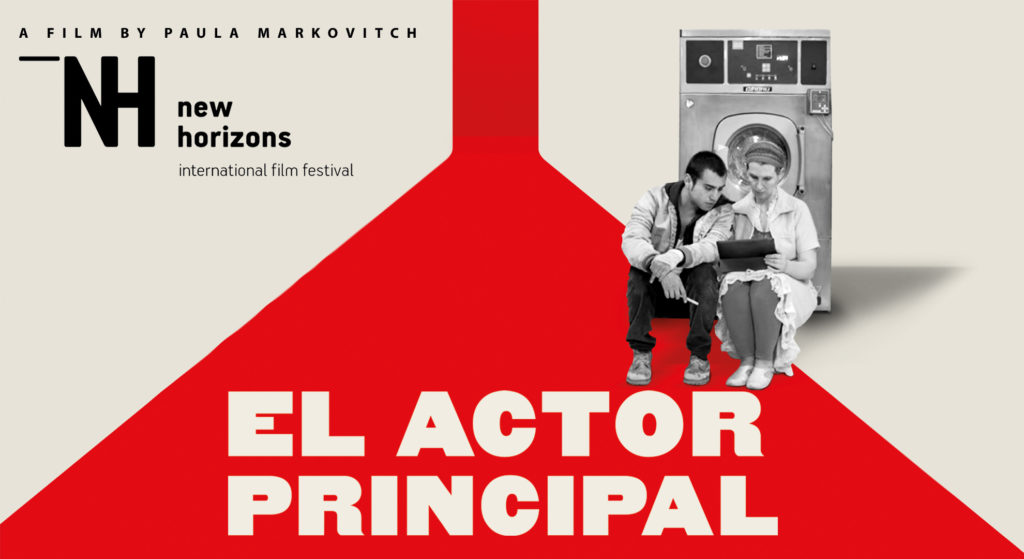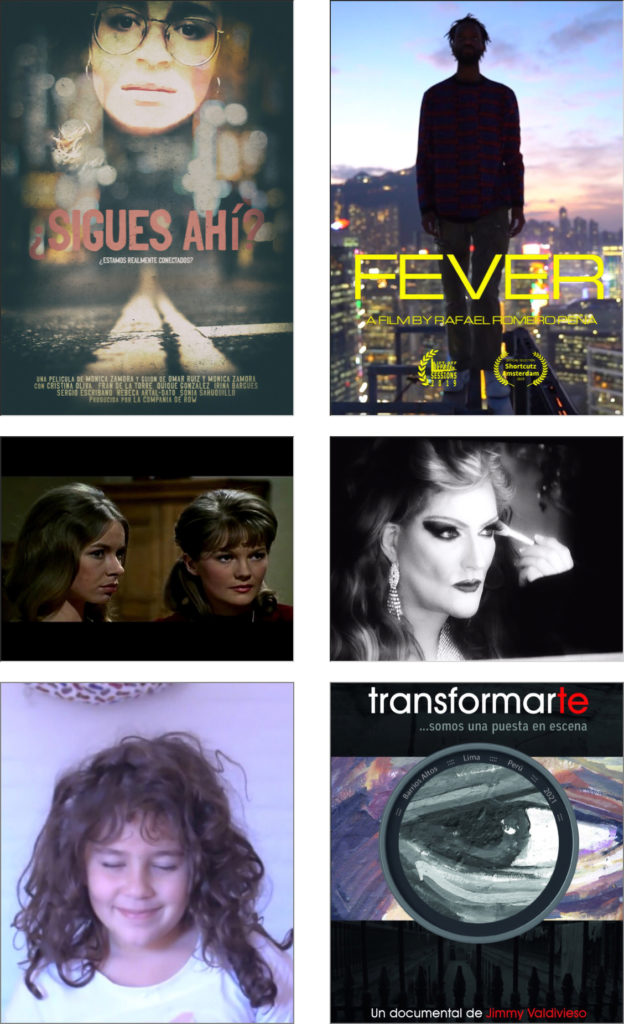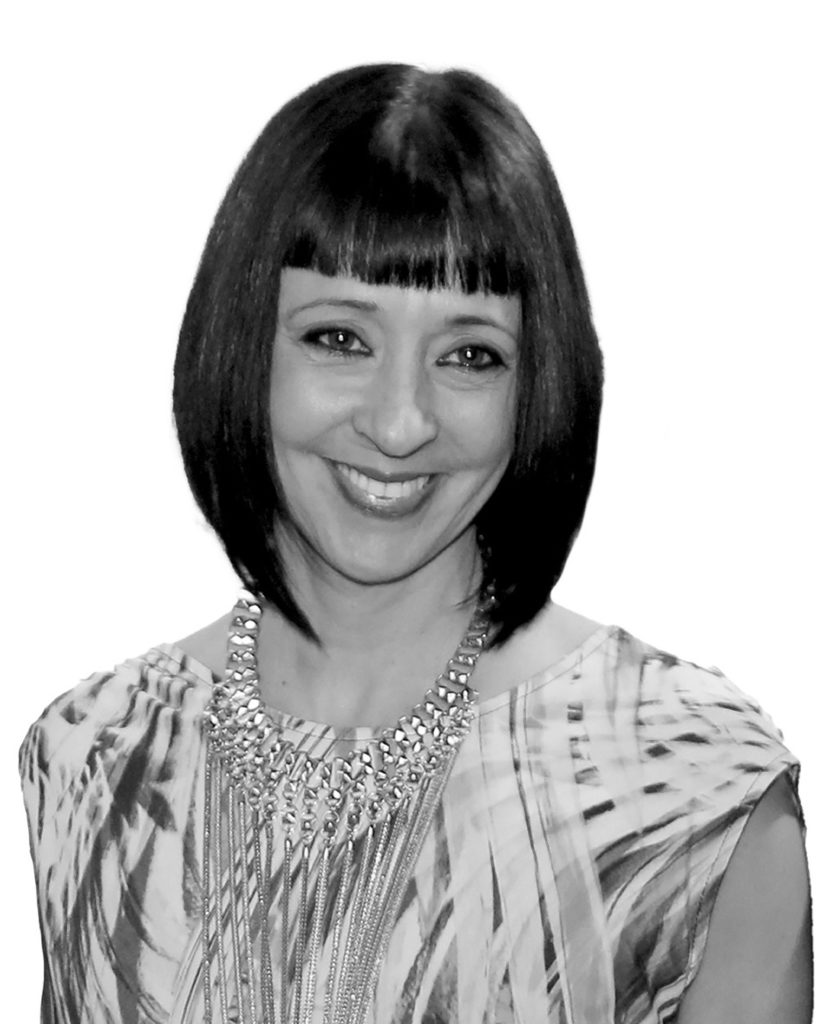Q&A with Diana Vargas, Guest Curator for the FotoFocus Symposium: Telephotography Film Program
Posted on April 5, 2022
Diana Vargas brings her on-the-ground expertise of contemporary Latin American and Spanish-language cinema, highlighting its continually shifting engagement with moving images and how they reflect current discourses surrounding pandemic-era communication and the role film festivals play in the projection of national identity.

Diana Vargas, a multiple Emmy Award-winner for her work on New York’s CUNY TV programming, can trace her love of moving images all the way back to her childhood in Cali, Colombia, which she says is a nationally-recognized city of cinephiles. A regular at the city’s local film clubs since the age of 14, she created her own once she arrived at university. From there, she didn’t look back, branching out onto documentary and narrative film production. Later moving to the United States, she became the Artistic Director of the Havana Film Festival New York and founded the CortoCircuito Latino Shorts Film Festival.
She holds a tight belief that, “in order to make, you have to see,” which is why she continues to straddle the tandem worlds of production and curation. For the FotoFocus Symposium: Telephotography Film Program on April 10 at The Garfield Theatre she is curating, Vargas brings her on-the-ground expertise of contemporary Latin American and Spanish-language cinema, highlighting its continually shifting engagement with moving images and how they reflect current discourses surrounding pandemic-era communication and the role film festivals play in the projection of national identity.
FotoFocus spoke to Vargas about her vision for the Symposium Film Program. The conversation took place in Spanish and has been translated and edited for length and clarity:
…
FotoFocus: What were your first thoughts on how to represent the topic of Telephotography within Latin American cinema?
Diana Vargas: Telephotography is, essentially, the practice of putting something directly in front of the camera and having everything else seem distant. That brings the main subject into focus while flattening out the context that surrounds it. When I started thinking about Spanish-language cinema, I wanted to include Spain in the conversation, because [the US] tends to flatten all Hispanic identities into one category that doesn’t necessarily include everyone to whom it applies.
Film festivals today have a stronger Hispanic presence than before, but our community’s contexts are often erased or diluted. Many think they’re doing enough by including a Latin American film in their program, but of course that precludes any deeper discussions about the differences within that identity, or even within one country’s identity. So many of the films that are programmed deal almost exclusively with poverty, drugs, violence, or social and political unrest. Not that those things aren’t happening, but then audiences are only seeing the sort of darker, uglier sides of our cultures, and skip over the rich lives so many people live.
FF: Tell me a bit about the program’s centerpiece, El actor principal [The Leading Actor].
DV: Film festivals, especially the bigger ones, already have enough material for films about themselves. They’re such huge, glamorous productions with so much going on backstage, especially politically. Film festivals are very strong political instruments. Mexican director Paula Markovitch deals directly with these issues I’m talking about—of the way outsiders see us through film.
She had been presenting her own film at the 2011 Berlin International Film Festival and brought actor Marcelo Cerón along to act as an auto-reflection and auto-critique of the way directors often bring common people out of their surroundings, throw them into this flashy, glamorous fame bubble for five minutes, then drop them. They’re not concerned about the repercussions felt by their actors once the movie cycle is over.
FF: Do the short films you’ve selected deal with these issues as well?
DV: The shorts all force us to reflect on how we view Hispanic lives. Not just non-Hispanics, either. I think even those of us who live abroad lose a bit of touch with the realities faced by our countries, by each other.
¿SIGUES AHÍ? is one that deals with a tight-knit group of friends chatting over Zoom and realizing they’re not as connected as they thought. When one of them has an accident, the others realize they don’t even know where he lives, or how to help. The film makes us reconsider our idea that just because we have this technology that makes us feel close, we can forget about the actual ties we’re able to share.
Transformarte is a Peruvian short that features a documentary filmmaker confronting his own limitations: is showing the people around him as victims the right thing, or should he try to make them heroes? Life is not as simple or extreme, and the film deals with that.
FF: Isadora’s Karaoke, like ¿SIGUES AHÍ?, is a film almost designed to be viewed on a smaller screen, as it deals with a home-video recording of a little girl during the pandemic. Were you thinking about the transition these films would undergo when taken to a big screen?
DV: I think all of us, with our phones, now believe we have stories—films, even—within reach. And the truth is that we do: this sort of canon of respect for cinema, and the big screen, that we have is giving way to a creative outburst that includes smaller methods. But, at the same time, I have an immense appreciation for seeing things on the big screen. To take an image to the cinema automatically elevates its importance.
During the pandemic, it became apparent how important digital platforms are for disseminating moving images. But cinema — the way of viewing cinema — is gregarious, and audience members need each other. Film festivals, especially, require someone to be near us that we can turn to and discuss collectively. Just listening to the reactions of those around you can change your perspective in ways it might not if watching on your own. We each have limited contexts within us, and watching with others broadens these horizons. So, even though some of these films created through smaller methods might have been created with a small screen in mind, bringing them to the big screen puts them under new light.

EVENT DETAILS
FotoFocus Symposium: Telephotography Film Program
April 10, 2–5:30pm
FotoFocus Symposium
April 9 at Memorial Hall, 1225 Elm Street
April 10 at The Garfield Theatre, 719 Race Street
Click here for the full symposium schedule.
Click here for biographies of the panelists.
